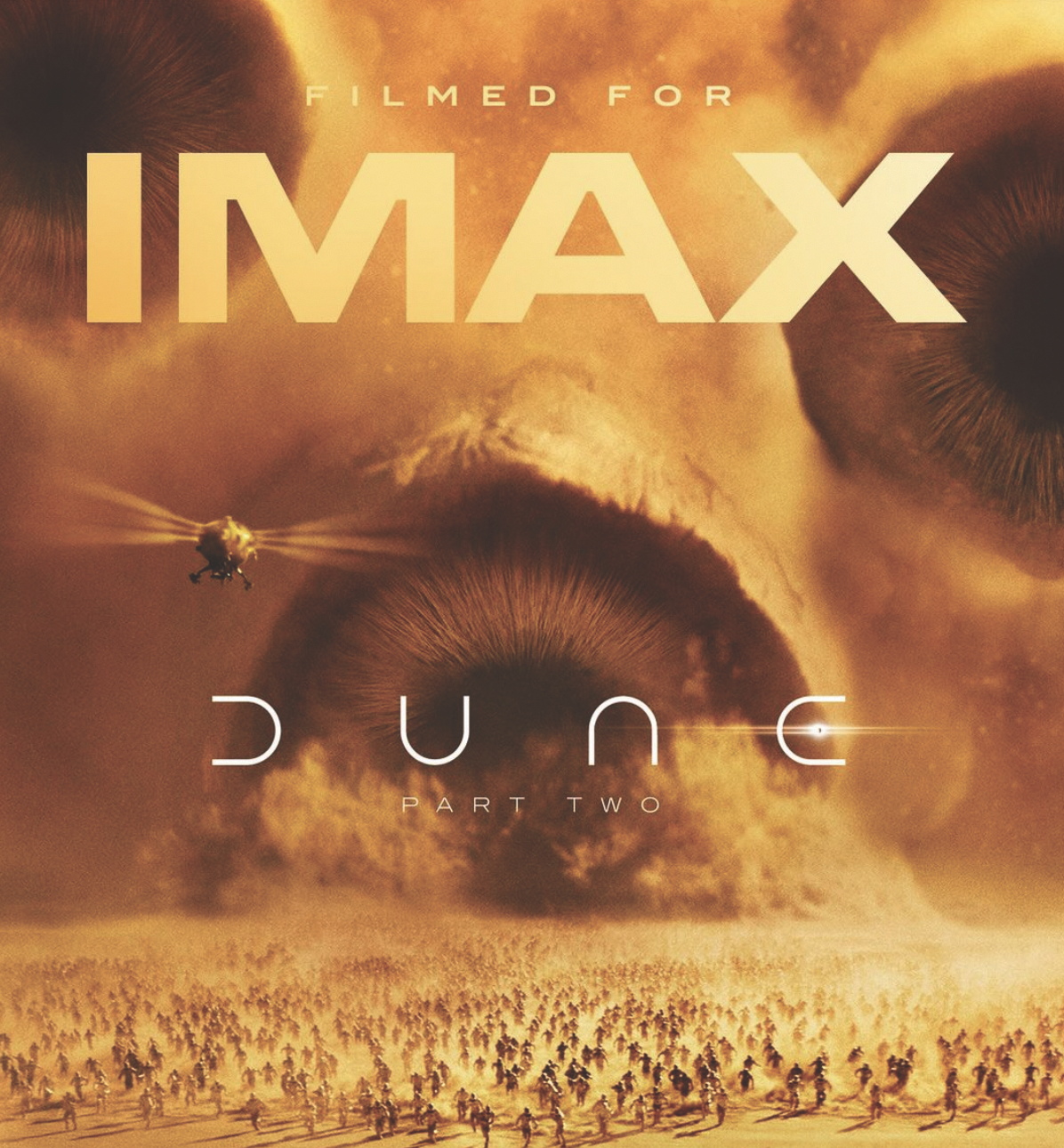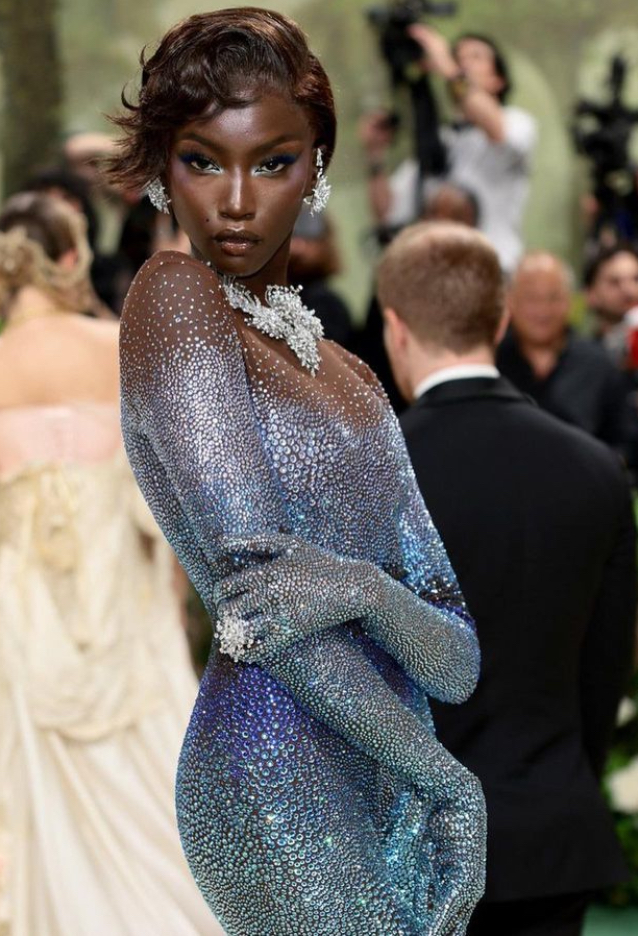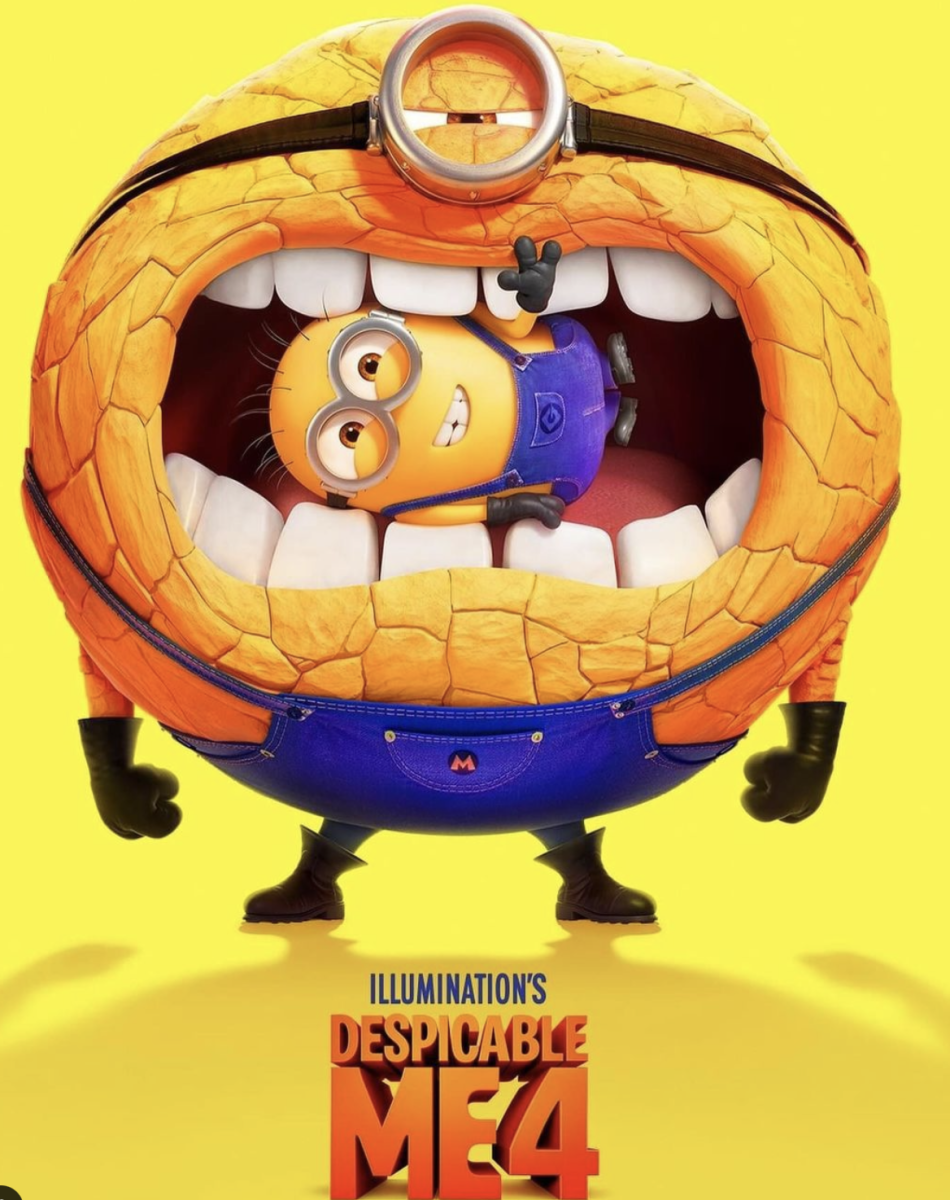For a long time, most sci-fi films were considered low-brow, B-movie material. This was because of the rise of film serials, which were low budget short films that usually portrayed an action hero and a comic villain facing off with the help of a series of gadgets and gizmos. The genre became a source of escapism, and it rose in popularity after World War 2. This sudden increase in interest was for two reasons; first, that the creation of the atomic bomb led audiences to become more interested in science, and second, audiences in the 1950s were strongly anxious about a possible nuclear war. Movies like Destination Moon and The Day the Earth Stood Still used sci-fi to spread political messages about Mccarthyism and the rise of communism.
The film that shifted public perception was undoubtedly Stanley Kubrick’s 2001: A Space Odyssey. When Kubrick started work on the film, he said he wanted to make “the proverbial good science fiction movie.” The film was nominated for four Oscars, winning best visual effects, and is considered today to be one of the most important films of all time. The impact of A Space Odyssey cannot be overstated; its influence can be seen in every science fiction film that came after it.
Now, the industry has exploded, with some of the best movies of the year sitting comfortably in the science fiction genre. From monsters dueling it out on the big screen to interstellar spice mining, we’ve collected a series of recent releases that you, our dear reader, may be interested in. The movies will broaden your understanding of the expanding definition and versatility of sci-fi.
Godzilla
Originating in Japan during the 1950s, the prehistoric creature Godzilla re-awakened from a mutation in atomic radiation and landed in theaters– remaining King of the Monsters to this day. Just within the last half year, two very impressive Godzilla movies were released; Godzilla Minus One and Godzilla x Kong: The New Empire; the difference between them being night and day.
Godzilla Minus One follows the end and aftermath of World War 2 in Japan, as the protagonist Shikishima abandons a kamikaze mission and lands on an island where Godzilla annihilates everything in its path. At the film’s core is an exploration of the human cost of war, and the guilt, trauma, and shame that follows one of the most horrific events in mankind: the destruction of Hiroshima and Nagasaki. It’s a story that uses Godzilla to look at what war truly means, who’s impacted, and who– if any– benefits from this sacrifice.
On the other hand, Godzilla x Kong: The New Empire follows two large beasts as they crush towers, cities, and people. It’s what can charitably be described as a popcorn movie, a movie that is watched to turn brains off. It’s a film with nothing to say, no emotions to be felt, but it scratches the itch in your brain that wants to watch a big monster destroy things (accessorized with millions of Hollywood dollars poured into its CGI). Godzilla x Kong: The New Empire is a perfect example of how low-brow sci-fi continues to thrive, as it should.
3 Body Problem
Netflix has adapted the first book (with tidbits of the second and third books) of the Hugo award winning chinese sci-fi trilogy: Remembrance of Earth’s Past. Spanning across generations, the controversial Game of Thrones TV co-creators David Benioff and D.B. Weiss are no longer battling dragons but instead examining a What If question that has long plagued human kind (spoilers ahead): What if aliens were real– and they were coming to Earth? Liu Cixin’s novel investigates what happens when the traumatic events of the Chinese Cultural Revolution derail a young woman’s life and results in Earth’s first contact with an alien population: the SanTi (as referenced to in the Netflix series). While the interdimensional threat will only become a problem 4 lightyears in the future, the world now is gearing up for galactic warfare as they attempt to eliminate the Alien enemy whose technology far overwhelms the world’s own.
While the books are critically acclaimed for both the intellectual theories and jaw dropping twists Liu introduces, they are also filled with important lore to truly understand the world Liu built. The adaptation trims down on most of these explanations… which, understandably, has led to anger in the fanbase. Others justify this “editing” because Netflix needs to accommodate a larger audience (not just loyal readers) for books that haven’t amassed the public support other western publications like Dune have. However, around 20 million dollars were spent per each of the eight episodes, making the 3 Body Problem reportedly Netflix’s most expensive scripted show ever at 160 million dollars.
Poor Things
Poor Things is the current Oscar darling. It’s a curious film with a sci-fi premise but a grounded reality. Poor Things follows Bella Baxter, a woman who is brought back to life with the brain of a baby, and how-with that brain- she navigates the world around her. It’s a clear take on the Frankenstein story, with the doctor who brings her to life sporting sewn up scars around his face, a reference to the classic look. However, Yorgos Lanthimos’ story is surprisingly realistic as its more akin to a fully developed, sheltered person discovering the earth, rather than a Frankenstein-like woman with the brain of a baby. It’s an impressive film, both in visuals and in acting, with Emma Stone as Bella Baxter delivering one of the most impactful performances of the year. However the story remains a little hollow, and the third act twist remains undiscovered, with only 15 minutes of the runtime being dedicated to it. However, it’s a testament to just how diverse the science fiction genre can be, and how much the genre has grown from the days of A Trip to the Moon.
Dune 2
Dune 2 is a film that must be seen on the biggest screen possible. The movie is filled with large, sweeping crane shots of vast desert and majestic sandworms that fill the screen, featuring incredible, practical set pieces and effects. Each shot is meticulous and impressive, reminding the audience just how expansive the Dune universe is. The lore is similarly impressive, though it’s occasionally bogged down in details as the story sets up a part 3. However, the more human moments throughout the film, specifically with Paul Atreides and Chani’s love story and later betrayal, ground something that is otherwise so fantastical. It’s a story that proves just how large the scope of science fiction can be.

In all these movies, the sets are transformative, the sounds are transportive, and the questions they pose to our status quo are worth pursuing. Experience alternate realities– or maybe just a really intense fight between Godzilla and Kong- there’s no limit to sci-fi appreciation or qualification to watch it.







